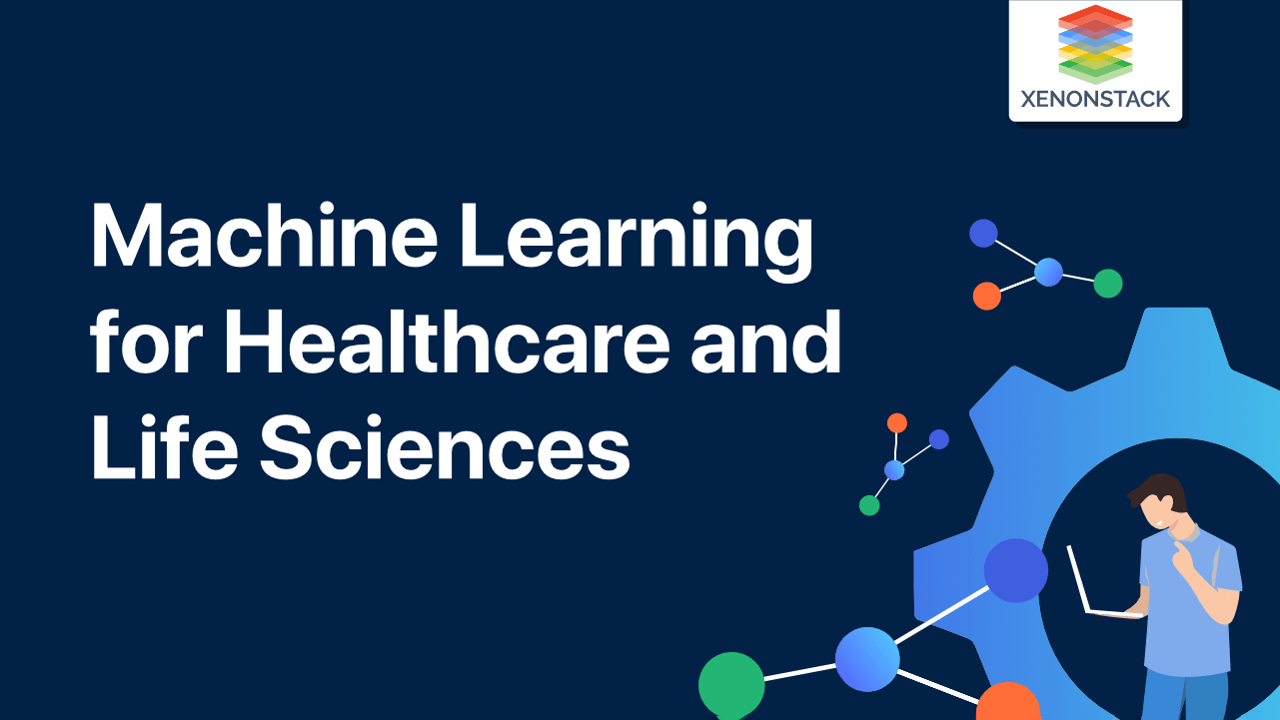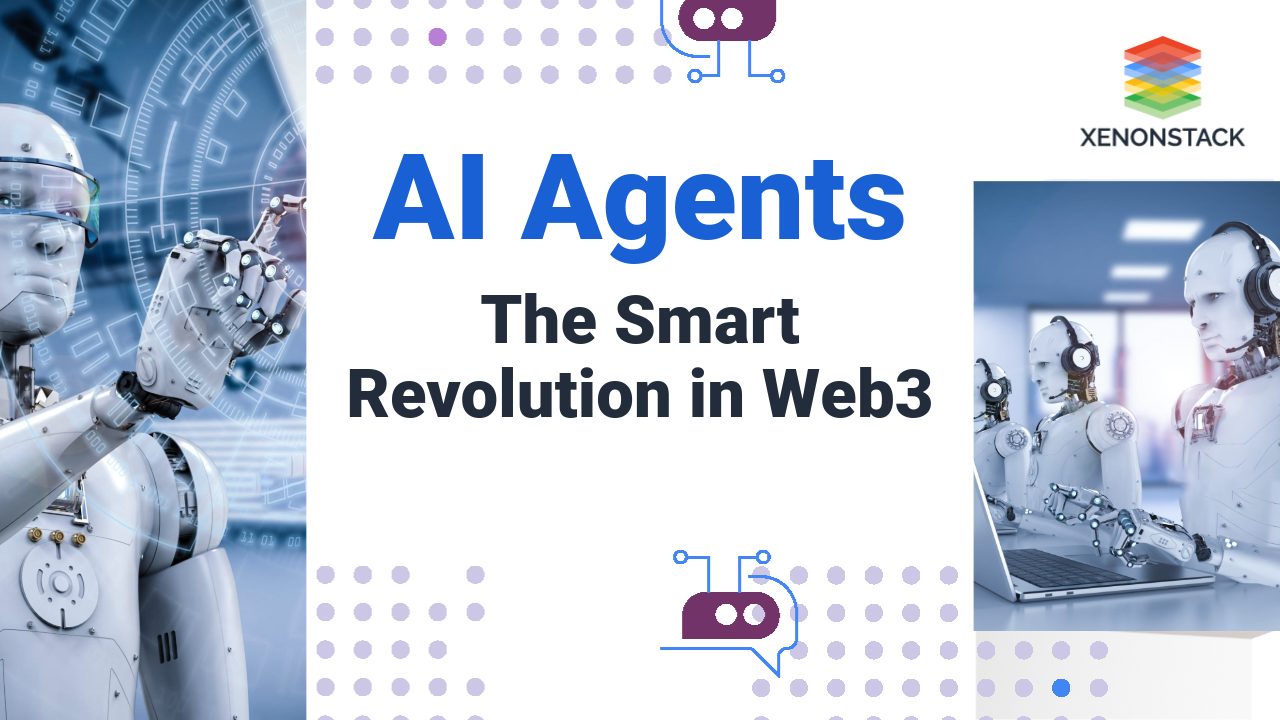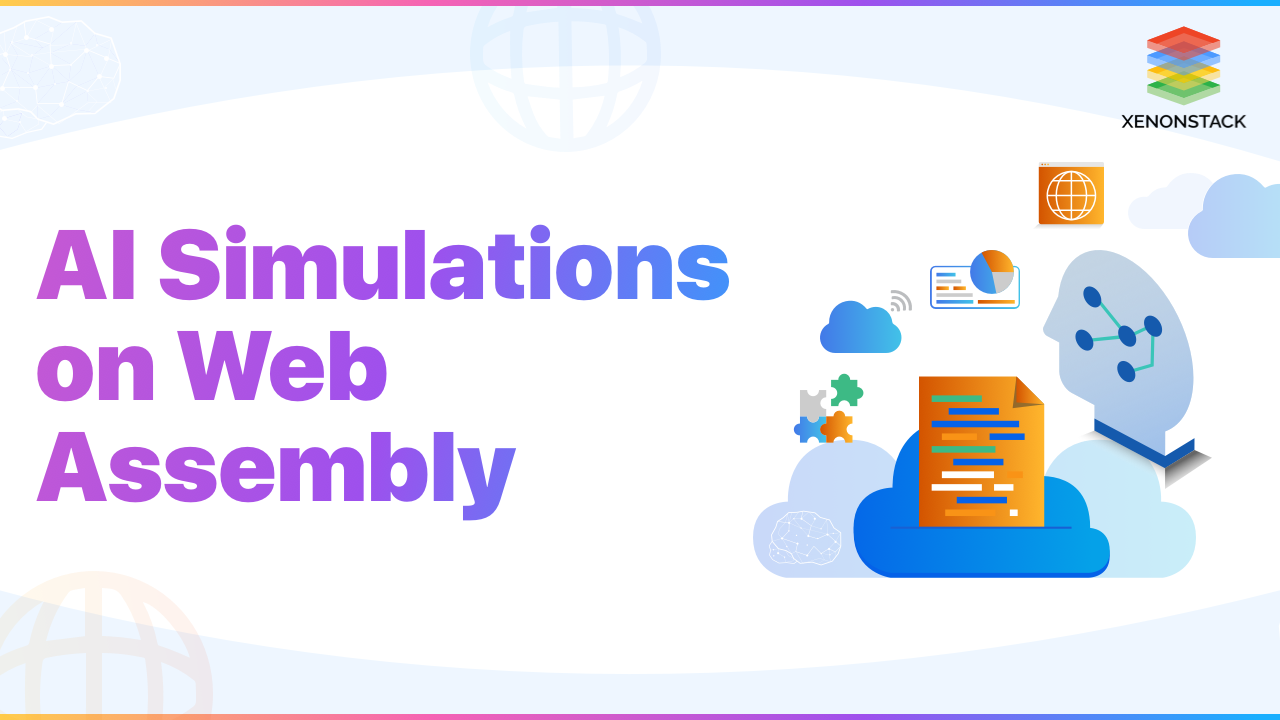
Introduction to Machine Learning in Healthcare
The pharmaceutical industry is sometimes slow to adopt new technologies and is now observing a significant change. The industry is focusing on new technologies such as ML, Artificial Intelligence (AI/ML), blockchain, and the Internet of Things(IoT). With this adoption of new technologies come organizational challenges.
ML is finding an extensive range of health maintenance applications, feeding on case management of common diseases to advantage patient health data, in concurrence with the external consequences like weather factors and pollution exposure. By crumbling large volumes of data, ML techniques can help healthcare competently generate accurate medical solutions that are accurate to an individual's characteristics.
Machine learning is increasingly being used to detect risks due to its ability to sort through millions of data and identify potentially harmful ones..Click to read about ML in Cyber Security
What is Machine Learning?
It is a sub-part of AI. ML models learn from experiences the same way humans do without direct programming. When defined to new data, these ML models grow, develop, learn and change by themselves. In other words, ML involves finding helpful information without being told.
- The Machine Learning process involves giving training to the selected algorithm.
- The training data can is unknown or known to create the final ML algorithm.
- The next step is that the new data is given to the ML algorithm to test whether the ML algorithm works finely.
- Then to check whether the ML algorithm worked finely or not next step is to check the prediction and results against each other. If the results and prediction don't match, then the ML algorithm is trained multiple times until the Data scientist gets the correct output.
This facilitates the ML algorithm to learn continuously on its own and can produce an excellent answer, constantly increasing in accuracy over time.
The above figure describes the ML lifecycle process, explaining that the business stakeholder and subject matter are involved through different stages of the process. It is essential to know that the ML lifecycle is an interactive process.
What type of Machine Learning is used in Healthcare?
Types of ML techniques that can be applied to solve a wide variety of tasks are:
- Ranking - It can put the applicable information first and make the search easier.
- Prediction - Using common trends and current data, it can predict how future events will be spread.
- Classification - ML Algorithm can help to regulate and label the kind of medical or disease case a patient is dealing with.
- Automation - It can hold standard repeated tasks that take more effort and time from patients and doctors, like inventory management, data entry, appointment scheduling, etc.
- Recommendations - ML algorithms can provide important medical information without the need to find it ardently.
- Anomaly detection - Using it in healthcare, one can find the things that emerge from similar patterns and find whether they require any activity to be performed.
- Clustering - It can help to group all the same medical cases to find the patterns and conduct research in the future.
Businesses obtain considerably more accurate and powerful forecasting skills by incorporating machine learning models into their data analytics..Explore to know How to transform your organization with Machine Learning ?
Machine Learning Best Practices in Healthcare Industry
The best practices for ML in healthcare and life sciences are below:
- Data collection - The first step for developing the Ml model is to identify the data which can be needed for the ML model's training and performance evaluation of an ML model.
- Data integration and preparation - After collecting the data, the next step is to annotate, integrate and prepare data. An ML model is only as good as the data being used to train it. Bad data is the same referred to as garbage in, garbage out.
- Feature engineering - Feature Engineering is a very important step in ML. It refers to the process of designing features into the algorithm. That algorithm then uses these artificial features to improve its performance, or in other words, to produce better results. Data scientists spend most of their time with data, and it is important to make accurate models.
- Model Training - This step includes the selection of appropriate algorithms and using the input features to train a Machine Learning model. After choosing the correct model, one has to check if the model is performing well or not. If the model is not performing well, one has to provide model parameters to optimize the training process generally.
How can Machine Learning be used in Healthcare?
The department has long been an adopter of and has benefited from technological advances. Nowadays, ML, a subset of AI, plays the main role in many health-related domains, including handling patient records and data, developing new medical procedures, and treating lifelong diseases.
Machine Learning in Healthcare:
- Detects gaps in healthcare
- Aids in drug development and lowering costs
- Assists with records and workflow
- Identifies opportunities for clinical trials
- Assists pathologists in making a faster and more accurate diagnosis.
- Predicts illness and treatments
- Forecasts health risks to various populations of people
Applications of Machine Learning in Healthcare
The increasing number of applications of ML in life sciences and healthcare allows glancing at a future where innovation, data, and analysis work together to help a large number of patients without them ever knowing it. After some time, it will be quite common to find ML-based applications fixed with real-time patient data.
These are the top 5 applications of ML in healthcare :
Smart Health Records
Keeping current health records is difficult. Although technology has played its part in simplifying the data entry process, the reality is that even now, most procedures take a lot of time to complete. A significant role of machine learning in health care is to simplify procedures to save time, effort, and money.
Document fragmentation methods using vector equipment and ML-based OCR monitoring methods gradually collect smoke, such as the Google Cloud Vision API and MATLAB technology for machine-based handwriting recognition technology.
Personalized Medicine
Personal therapy can be more effective by combining individual health with predictable analyses, mature research, and better diagnosis. Currently, physicians are limited to choosing a specific set of diagnoses or evaluating a patient's risk based on their symptomatic history and available genetic information.
But it helps to make personalized medicine based on personal patient therapy.
Identifying Diagnosis and Diseases
One of the main applications of ML in health care is diagnosing diseases and disorders that are considered difficult to diagnose. This can include anything from cancer that is difficult to catch early on to other genetic diseases. But with the help of ML, this is possible.
Outbreak Prediction
AI-based technologies and ML today are also being used to monitor and predict epidemics worldwide. Today, scientists have access to a vast amount of data collected from real-time social media updates, website information, satellites, etc. Neural networks help compile this information and predict everything from the malaria outbreak to severe chronic infectious diseases.
Predicting this outbreak is particularly helpful in third-world countries as some countries lack essential educational systems and infrastructure.
Medical Imaging Diagnosis
ML and Deep learning (DL) are both responsible for a successful technology called Computer Vision. This has led to the acceptance of Microsoft's InnerEye program developed for image imaging analysis tools. As ML becomes more accessible and as it grows in its descriptive capacity, expect to see additional data sources from a variety of medical images become part of this diagnostic-driven AI process.
Conclusion
Today, ML plays a vital role in daily life. This process applies to various domains, such as marketing applications, sales forecasts, weather forecasts, and much more. In addition, ML in health care is not yet as comprehensive as any other program because of medical complexity and lack of data. The adoption of ML in health care continues to be challenging, such as distrust of the results brought by the ML system and the need to meet specific needs. However, using ML in health has already brought many benefits to healthcare participants. By improving workflow and performance, assisting medical and non-medical staff with repetitive tasks, supporting users in finding quick answers to questions, and developing new therapies and therapies, patients, payers, researchers, and physicians can all benefit from using ML in health care.
- Discover here about Machine Learning Observability
- Read here about Explainable AI in Healthcare Industry


